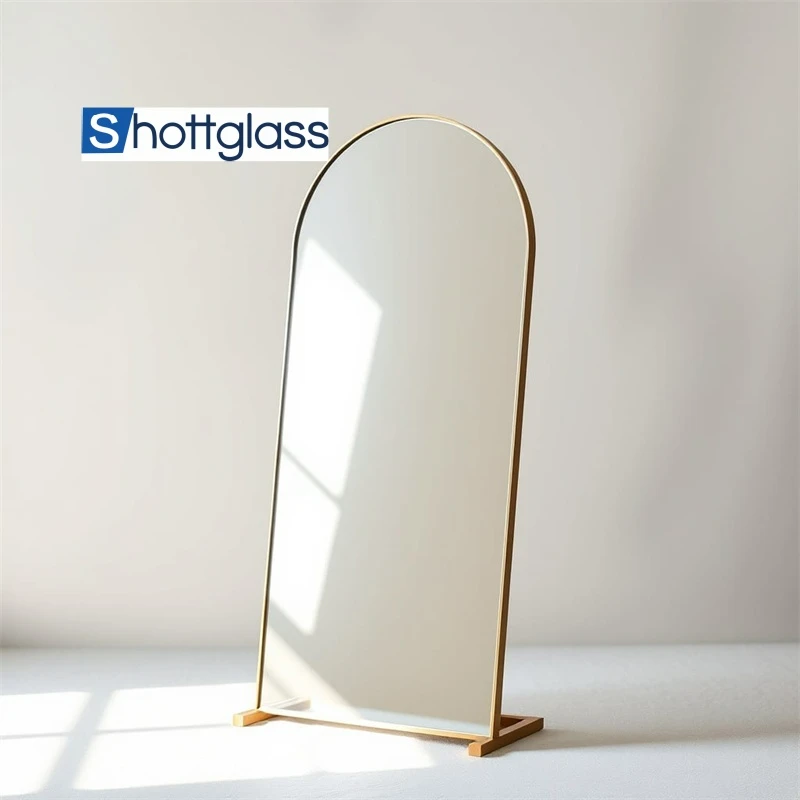Sep . 22, 2024 11:37 Back to list
float glass tempered
Understanding Float Glass and Its Tempering Process
In the world of construction and architecture, glass plays a pivotal role, not only as a key aesthetic element but also as a functional material. One of the most commonly used types of glass in the industry is float glass. This article delves into what float glass is, the tempering process it undergoes, and the advantages it offers in various applications.
Understanding Float Glass and Its Tempering Process
However, while float glass is excellent in terms of clarity and flatness, it is prone to breakage and can pose safety risks if it shatters. To mitigate this issue, float glass can undergo a process known as tempering. Tempered or toughened glass is made by heating the float glass to a temperature of about 600 degrees Celsius (approximately 1,112 degrees Fahrenheit) and then cooling it rapidly. This process alters the internal structure of the glass, increasing its strength significantly compared to untempered glass.
float glass tempered

The tempering process not only enhances the mechanical strength of the glass but also improves its thermal resistance. Unlike regular glass, which can shatter into sharp shards upon breakage, tempered glass breaks into small, blunt pieces, reducing the risk of injury. This safety feature makes tempered float glass particularly valuable in applications where human safety is a concern, such as in shower doors, glass doors, partitions, and facades.
One of the primary advantages of using tempered float glass is its ability to withstand temperature fluctuations. For instance, in areas with extreme weather conditions, tempered glass can resist thermal stress, thus maintaining its integrity over time. This property makes it a preferred choice for architects and builders aiming to create sustainable and durable structures.
Furthermore, tempering can also enhance the aesthetic appeal of float glass. It can be treated with various coatings and finishes that not only improve its appearance but also offer additional benefits, such as solar control and energy efficiency. Designing energy-efficient buildings is increasingly becoming a priority, and tempered float glass can contribute to reducing energy costs by minimizing heat transfer.
In conclusion, float glass tempered through the heating and cooling process offers unparalleled strength, safety, and aesthetic versatility. Its application is diverse, ranging from residential buildings to commercial structures and automotive industries. As technology continues to evolve, the future of float glass and its tempering process promises even more innovative solutions, making it an essential material in modern architecture and design. As demand for sustainable and safe building materials grows, tempered float glass will undoubtedly remain a cornerstone of smart building practices.
-
Mirror Glass: A Multifunctional Material in the Interweaving of Light and Shadow
NewsAug.20,2025
-
Laminated Glass: A Special Material That Safeguards Safety and Transparency
NewsAug.20,2025
-
Insulated Glass: The Ideal Choice for Building Energy Efficiency
NewsAug.20,2025
-
Frosted Glass: The Perfect Fusion of Hazy Aesthetics and Practical Functionality
NewsAug.20,2025
-
Coated Glass: A Fusion of Functionality and Aesthetics in Modern Decoration
NewsAug.20,2025
-
Clear Float Glass: A Transparent Aesthetic Carrier in Modern Decoration
NewsAug.20,2025
Related PRODUCTS














